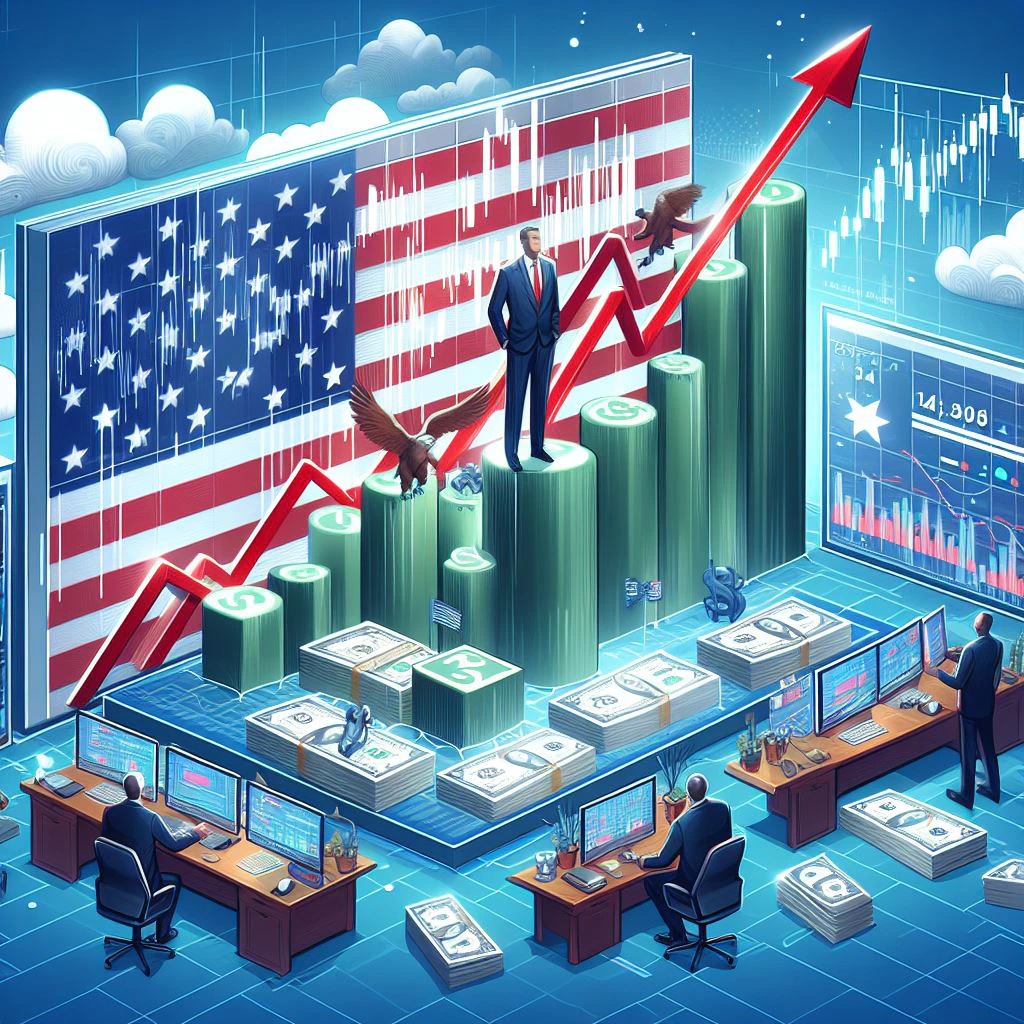In a year marked by record-breaking highs and unprecedented gains, the relentless rally in US equities has left investors grappling with a crucial question: are these soaring markets poised for a significant pullback? Amidst a backdrop of economic strength, anticipation of Federal Reserve actions, and burgeoning excitement over artificial intelligence (AI), market participants are divided over the sustainability of the bull run.
While some advocate for continued bullish sentiment, others warn of potential pitfalls lurking beneath the surface. As the debate intensifies, a closer examination of market signals and investor sentiment sheds light on the underlying dynamics driving the current trajectory of US equities.
Exploring the implications of AI success on US equities
The surge in US equities, exemplified by the S&P 500’s remarkable ascent and multiple record highs, has fueled both optimism and apprehension among investors. Proponents of the bullish narrative point to underlying fundamentals, citing a robust US economy and the prospect of future rate cuts by the Federal Reserve. However, skeptics caution against complacency, highlighting historical precedents and warning signs that suggest a looming correction may be on the horizon.
In the ongoing discourse surrounding market dynamics, a salient indicator that has seized considerable attention is none other than the weekly relative strength index (RSI) of the S&P 500, which has surged to stratospheric heights unparalleled since the advent of the twenty-first century. Analysts are meticulously poring over historical data, unearthing instances where similar elevated RSI metrics heralded the onset of notable market contractions, thereby accentuating the inherent fragility underpinning the current market rally.
Notwithstanding the persistent nebulousness enshrouding the exact precipitant poised to instigate a potential retracement, palpable trepidation pervades the collective consciousness regarding the palpable fervor engulfing the market and the palpably heightened buoyancy characterizing investor sentiment.
Examining investor sentiment
In the midst of the heightened excitement surrounding equities in the United States, inquiries regarding the potential existence of a market bubble have surfaced, particularly within sectors closely associated with technological advancement, notably artificial intelligence (AI). The astronomical ascent of corporations like Nvidia, whose stock prices have skyrocketed to unprecedented levels, has evoked comparisons to historical episodes of speculative mania, thereby engendering conjecture regarding an imminent reckoning.
While a faction of analysts offer a note of caution, advising against hastily conflating present market conditions with historical bubbles, they do so by delineating intricate disparities in market dynamics and prevailing sentiment. Conversely, another faction maintains a watchful stance, attuned to potential indicators of market instability. Despite the conspicuous absence of pervasive exuberance in the contemporary new issue market and the subdued nature of initial public offering (IPO) activities vis-à-vis prior peaks, there persists a palpable undercurrent of skepticism regarding the enduring viability of prevailing valuations.
As US equities continue their upward trajectory, the specter of a looming pullback casts a shadow over investor sentiment. While bullish narratives rooted in economic strength and technological innovation abound, cautionary tales from history serve as sobering reminders of the inherent volatility of financial markets. With indicators signaling potential headwinds and market sentiment oscillating between optimism and apprehension, the path forward for US equities remains uncertain. In the face of mounting speculation and diverging viewpoints, one question looms large: Are US equities on the cusp of a significant correction, or is this merely a temporary pause in an enduring bull market?
